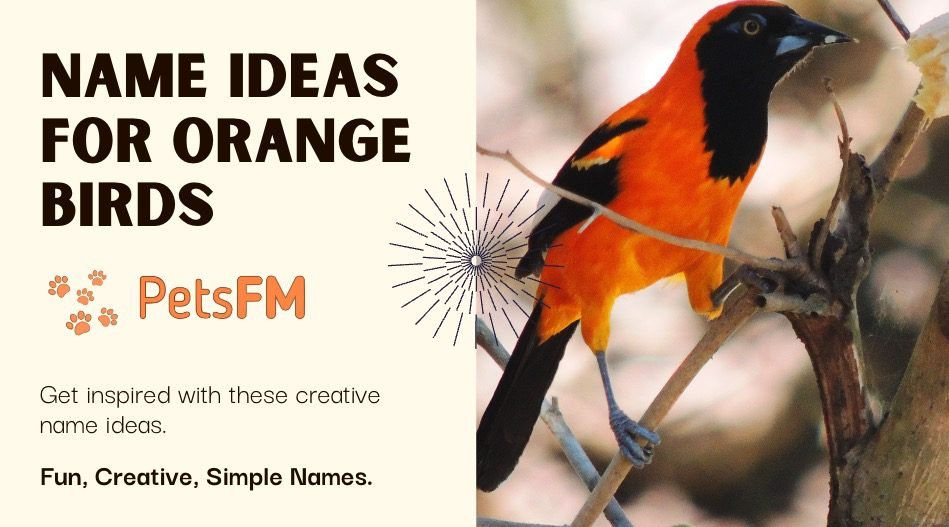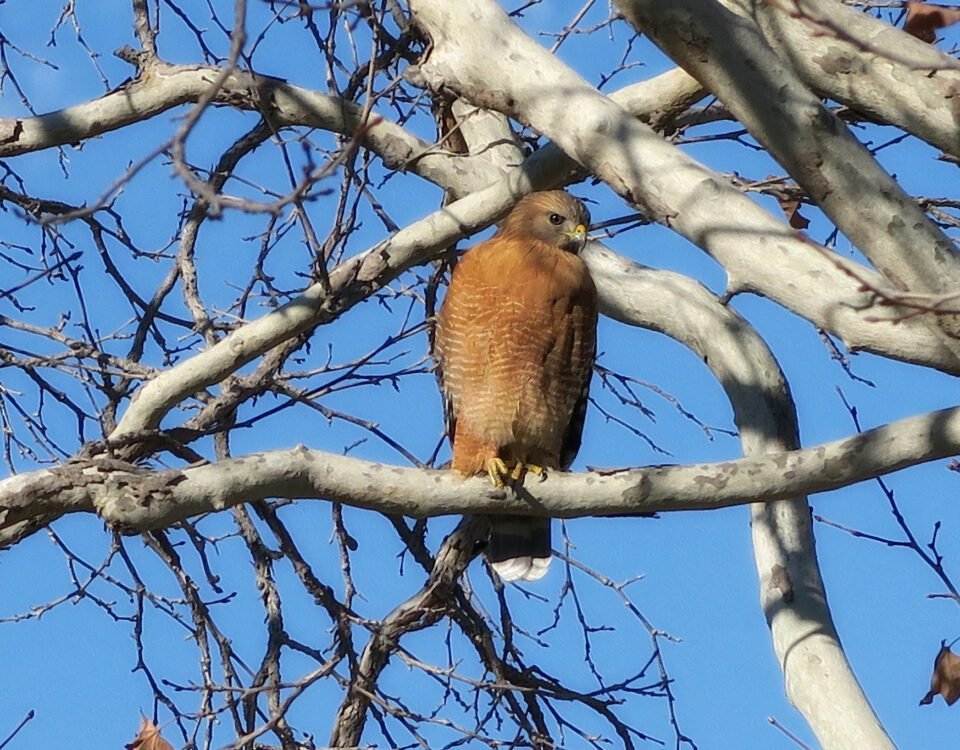


How Much Does a Peacock Cost in 2024?
October 4, 2023


Can Birds Eat Dates? (Which Species + How To Feed)
October 7, 2023Navigating the skies in a hot air balloon is an experience that blends history, adventure, and the basic principles of physics. As these magnificent balloons float serenely across the heavens, a question that might come into your mind is: “Can a bird pop a hot air balloon?”
Here’s a quick answer to the query:
A bird cannot pop a hot air balloon. It is extremely rare for birds to cause a hole in the balloon when they strike it, causing any damage. However, there can be a tiny impact, but the balloon material is strong, elastic, and durable enough to sustain this minor collision.


This article further dives into this fascinating query, examining the science behind hot air balloons, the anatomy of birds, and the likelihood of such an incident occurring.
Editor’s Pick: Why Do Birds Attack Hawks? Know The Actual Truth!
Can Birds Pop A Hot Air Balloon?
Though uncommon, nothing significant happens if a bird collides with a hot air balloon.
Balloons naturally float with the wind and have limited mobility, making them tolerant to mid-air collisions. Due to their restricted mobility, this susceptibility is intensified when numerous balloons occupy limited airspace, usually close to the ground.
However, because balloons move slowly and are soft, collisions between them and birds are typically harmless.


Sky Full of Hot Air Balloons
On the contrary, birds, which aren’t strictly bound by wind direction and often fly at lower altitudes where balloons are found, outnumber the number of balloons even during balloon events.
Their anatomy – including sharp beaks and claws – can rarely pose a risk to balloons. As birds striking heavier aircraft may result in minor damage, a bird colliding with a balloon could cause a little damage to the balloon’s envelope. Such incidents could lead to forced landings in extreme cases.
Recommended Read: Why Won’t My Bird Play with Toys? The Unusual Truth
Why Can’t A Bird Pop A Hot Air Balloon?
Hot air balloons are crafted from a durable material known as ripstop nylon. Unlike latex balloons, they aren’t pressurized and don’t burst easily. Even when damaged, they maintain their ability to fly. This fabric contains reinforcement threads arranged in a diamond pattern, effectively preventing rips or tears.


Hot Air Balloon Material
Each balloon consists of numerous ripstop panels, joined by a French Fell seam—similar to the inner stitch of jeans. If a tear spans an entire panel, the adjoining seam usually stops it from spreading further.
Hence, surprising an animal like a bird with a balloon is a challenge. If such an encounter does happen, the bird would only hit the balloon and then bounce off.
Even if a bird were to cause damage, the balloon wouldn’t deflate or descend rapidly. It’s been established through manufacturer tests that balloons can function even when punctured.
How Do Birds And Hot Air Balloons Avoid Each Other In The Sky?
Hot air balloons and birds share the skies, often without incident. Both have natural and learned mechanisms to prevent collisions. Here’s how they generally avoid one another:
- Birds’ Innate Behavior: Birds are naturally adept at navigating and avoiding obstacles in the sky. Their keen eyesight and quick reflexes enable them to avoid large objects like balloons.
- Balloons’ Visibility: Hot air balloons are giant and colorful, making them easily noticeable against the backdrop of the sky. This visibility helps birds spot and avoid them from a distance.
- Balloons’ Slow Movement: The leisurely pace at which hot air balloons travel is slow and sluggish, which allows birds enough time to adjust their flight paths and prevent collisions.
- Pilots’ Vigilance: Balloon pilots are trained to observe their surroundings, including any potential bird activity. They can make slight altitude adjustments to minimize any risks.
- Birds’ Habitual Flight Paths: Many birds tend to have habitual flight paths or specific altitudes they prefer, and balloonists are often aware of these and can navigate accordingly.
- Auditory Signals: The burners on hot air balloons make a distinctive noise that can alert birds to their presence, encouraging them to maintain a safe distance.
Do Birds See Balloons as Threats?
No, birds do not inherently view hot air balloons as threats. While balloons are giant and visible in the sky, they move slowly and don’t display predatory behavior. Birds’ primary concern is typically fast-moving objects or known predators. However, sudden movements or noises from a balloon can disturb birds temporarily.


Do Birds See Balloons as Threats?
Hot air balloons, with their expansive size and vivid colors, stand out in the sky, but they don’t mimic the behaviors or characteristics of avian predators. Birds have evolved to recognize and respond to threats swiftly, and their primary concerns are often fast-moving objects, like hawks or eagles, that might prey on them.
A hot air balloon, by contrast, drifts slowly and steadily. While the occasional burner noise or sudden ascent might surprise nearby birds, it’s generally a fleeting reaction, and they don’t categorize balloons as ongoing threats to their safety.
Also, Read: Do Birds Like Birdhouses? How to Attract Birds to Your Birdhouse
Conclusion
Navigating the vast skies, hot air balloons and birds coexist in a delicate dance of flight. While their interactions might spark curiosity, you’d be happy to know that nature and human-made marvels can share the same airspace harmoniously.
Birds, with their innate navigational skills, and balloons, with their gentle, predictable movement, have found a way to disturb one another rarely.
It’s a testament to the intricate balance of our ecosystem and the care taken in human aviation practices. As enthusiasts of either birds or balloons, we’re privileged to witness this peaceful coexistence and should continue to ensure that our skyward adventures respect all its inhabitants.



